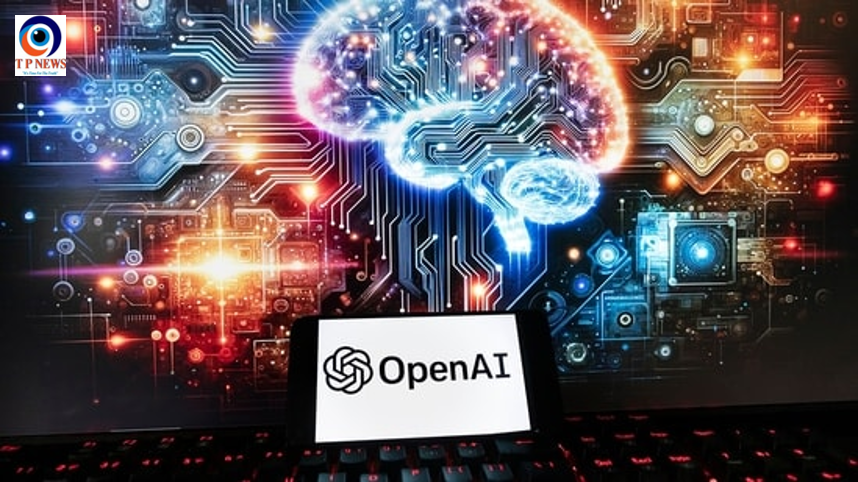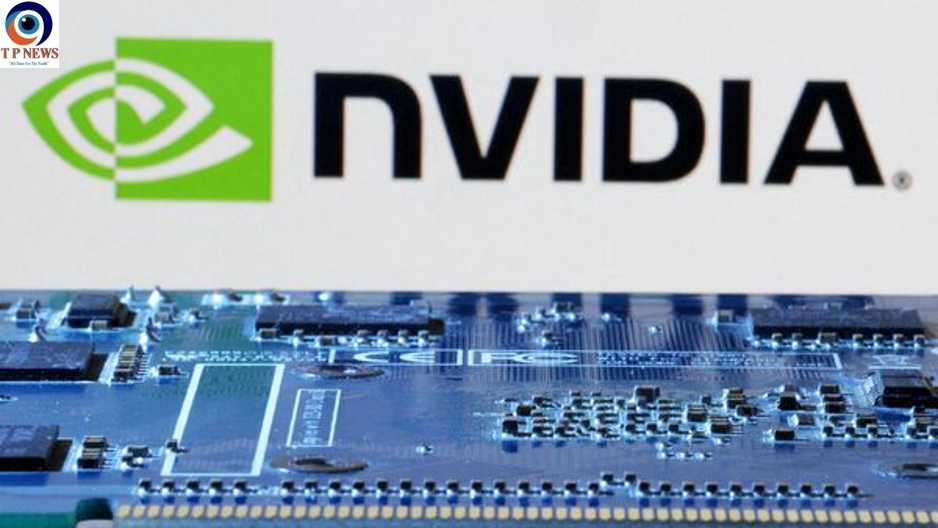Tech enthusiasts around the globe are eagerly awaiting Apple’s annual Worldwide Developers Conference (WWDC), scheduled to take place from June 10 to June 14. This year’s conference holds particular significance as the tech giant is poised to unveil its highly anticipated artificial intelligence (AI) strategy. With speculation buzzing and expectations soaring, Apple’s upcoming announcements are poised to revolutionize the user experience landscape.
The conference, traditionally a cornerstone event for developers, will once again be hosted for free on Apple’s website and app, catering to a global audience. The opening-day keynote presentations will be held in person at Apple’s Cupertino campus, while the remainder of the conference will be accessible virtually, ensuring inclusivity and accessibility for developers worldwide.
AI Integration Across Platforms
Apple’s AI strategy is expected to be a focal point of the conference, with industry insiders hinting at a slew of innovative AI-driven features aimed at enhancing user productivity and convenience across Apple’s ecosystem. Anticipation is high for the unveiling of the company’s next major software updates for the iPhone, iPad, Mac, Vision Pro headset, and smartwatch, with the AI strategy likely to be a key component of the iOS 18 upgrade.
While rumors have circulated regarding the possibility of Apple introducing its own generative AI chatbot, enthusiasts are speculating that the company may instead opt for strategic partnerships with tech giants like Google and OpenAI to integrate cutting-edge generative AI services into its ecosystem. This collaborative approach underscores Apple’s commitment to leveraging partnerships to deliver groundbreaking technologies to its user base.
Revolutionary Software Overhaul
The iOS 18 update is expected to herald a new era of innovation for Apple, representing the most ambitious software overhaul in the iPhone’s history. Insiders suggest that the update will introduce a host of transformative features and enhancements designed to elevate the user experience to unprecedented levels. Concurrently, minor updates are anticipated for the Apple Watch, while the Vision Pro headset is slated to receive its first major operating system update, further solidifying Apple’s commitment to delivering a seamlessly integrated software ecosystem across its product lineup.
As anticipation builds and excitement mounts, all eyes are on Apple as it prepares to unveil its groundbreaking AI strategy and usher in a new era of innovation at the Worldwide Developers Conference. With the promise of transformative features and collaborative partnerships on the horizon, Apple enthusiasts and industry experts alike are eagerly anticipating the company’s next big reveal.












